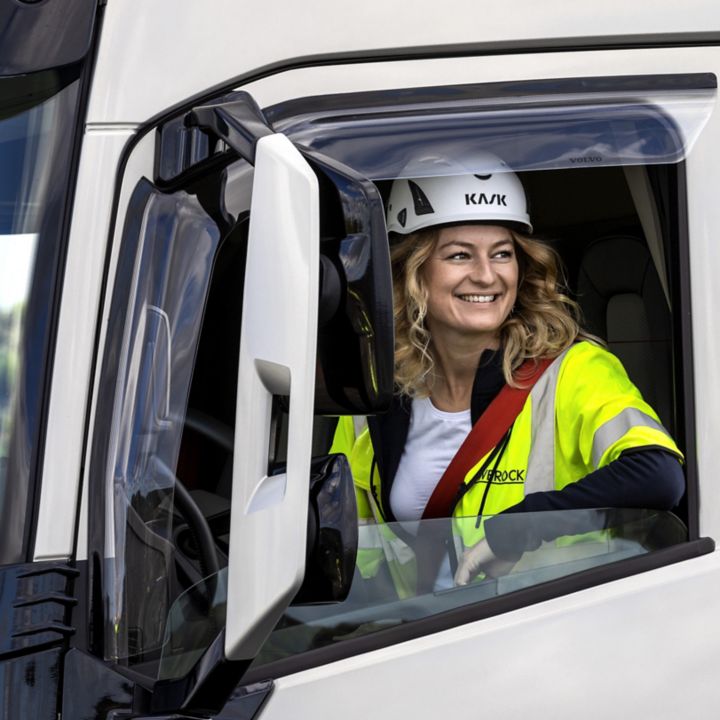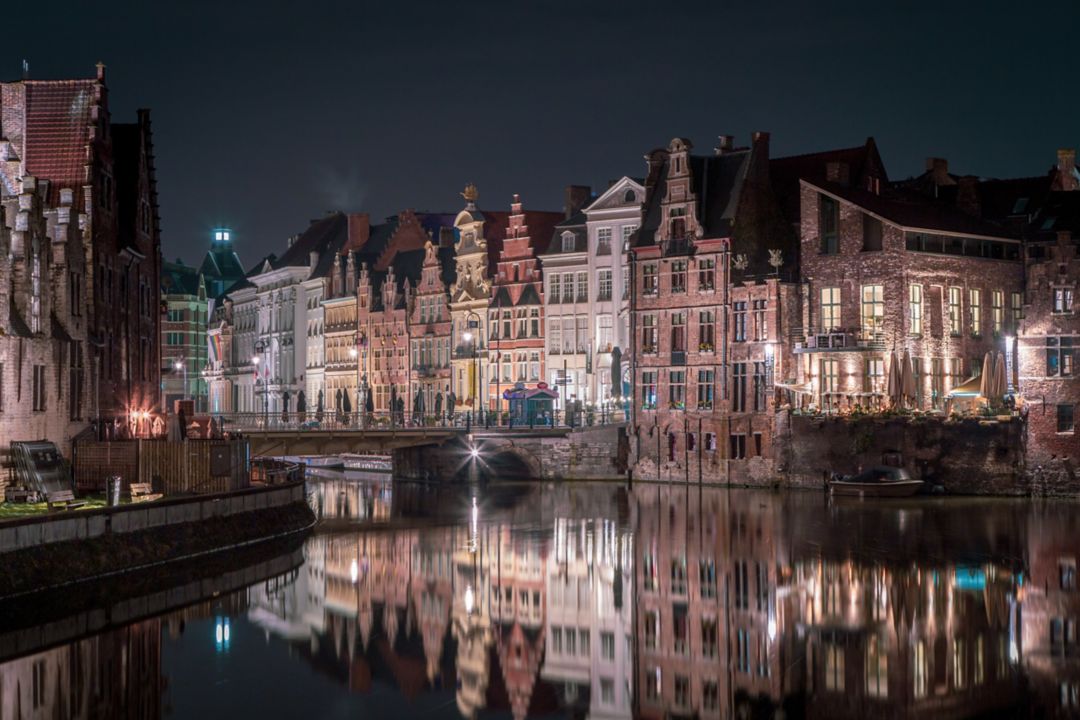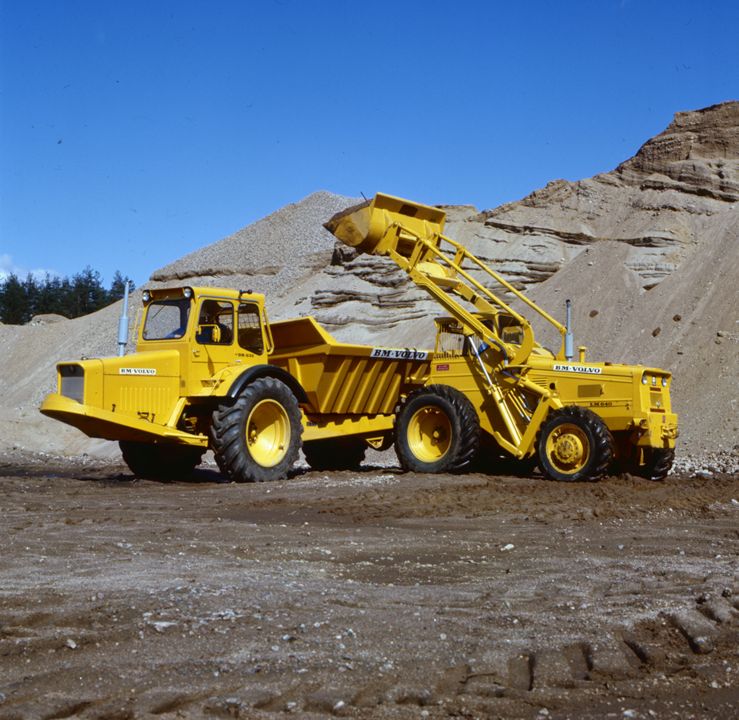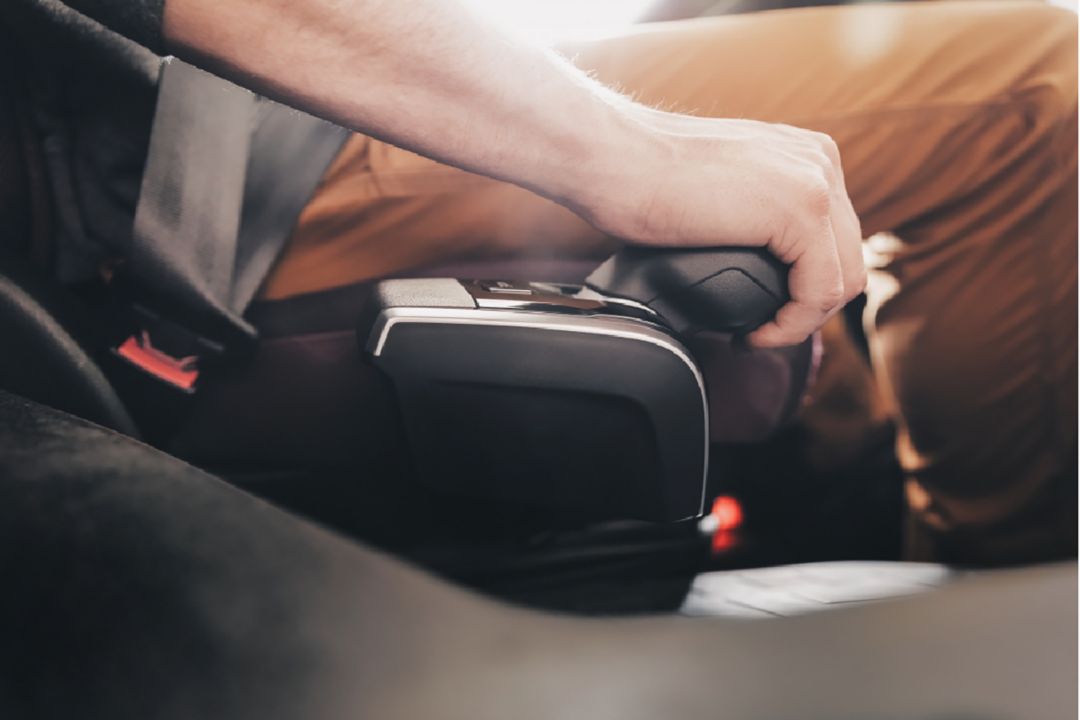The story of Volvo
On the morning of April 14th, 1927, the first Volvo vehicle rolled off the production line at the company’s very first factory building in Gothenburg, Sweden. Today, the company is present all over the world, but the recipe behind the success has stayed the same: developing world class products and solutions to improve peoples' lives.
Back in 1927, things were already busy at Volvo. On the top floor of the first factory building, the two Volvo founders sat together at a desk in the heart of the action. It was an office with few secrets. “What you can't say to me so that everyone can hear, may as well be left unsaid,” was an early motto and one of the foundations of an open corporate culture. Today, that very same building serves as a hub for innovation and collaboration – the spirit of openness remains.
The founders were Assar Gabrielsson, a former egg seller who became the head sales manager for ball bearing giant SKF, and Gustaf Larsson, a mechanical engineer with a mind for cars and smart solutions. Together, they made sure that Volvo was turning a profit already in its third year, by which time the product line had been expanded to include both trucks and buses.
From the very beginning, Volvo chose its suppliers carefully. And over the years, business collaborations have frequently led to even deeper relationships. Back in 1935, Volvo bought its engine supplier Pentaverken – which would later become Volvo Penta – which still makes engines for industrial and marine applications to this day. Another important early acquisition for Volvo was tractor manufacturer Bolinder-Munktell in 1950 – an acquisition that developed into what we know today as Volvo Construction Equipment.
Growth in sales and production
During the early years, Volvo developed and grew rapidly. And so did the exports. Going into the 1960s, not only sales were growing globally, but production did too. Volvo expanded their production in Europe and North America. Soon to be followed by the establishment of operations in Brazil. Today, Volvo Group also has major production facilities in Asia and Oceania, and is serving over 190 markets all over the world.
The Volvo journey continued with partnerships and acquisitions. But nearing the millennium, management made the decision to sell Volvo Cars to Ford Motor Company. This made it possible to focus on a strong position within logistics, and a year later Volvo acquired several major competitors, including Renault Trucks and Mack Trucks, which remain both strong and successful brands in Volvo’s brand portfolio to this day.
The emphasis on collaboration at Volvo Group is as strong as ever today. “Partnership is the new leadership” is a well-cited quote by President and CEO, Martin Lundstedt.
The technological shift the entire automotive industry is facing requires a unified force. In the joint venture Milence Volvo Group joins forces with its competitors to build a charging infrastructure for heavy truck traffic in Europe, and in cellcentric to develop hydrogen fuel cells – two of the most recent examples that Volvo Group, leaves no stone unturned to find solutions that are safer, more sustainable and more efficient. That's just how we roll.
Timeline
1927: Volvo is founded
In 1927 the first series-manufactured Volvo car, the Volvo ÖV4, rolled off the production line on the island of Hisingen, Göteborg.
1940-1945: Rapid expansion
During the war years Volvo's business operations underwent a period of rapid expansion.
Volvo acquired a majority shareholding in Svenska Flygmotor, later named Volvo Aero.
Volvo continued its round of acquisitions by purchasing Köpings Mekaniska Verkstad, an engineering company that supplied gears and gearboxes and in 1950 Volvo acquired the construction equipment manufacturer, AB Bolinder-Munktell, later part of the VME Group (now Volvo Construction Equipment).
1964-1969: More capacity
Two plants were opened, one in Torslanda, Sweden, and one in Alsemberg near Brussels, Belgium. Together, they guaranteed that Volvo would have sufficient car and truck manufacturing capacity to place the company in a world ranking position.
The year after a new diesel engine plant was opened in Skövde, Sweden, and 1968 Volvo commenced truck assembly operations in Australia and car manufacture business in Malaysia.
1969 Volvo acquired the plant in Olofström, founded as early as 1735.
1977: From Sweden to Europe
With the construction of a second truck manufacturing plant in Belgium, Volvo was now transformed into a European company with a Swedish base, instead of what it had previously been; a predominantly Swedish company with export sales.
Two new plants opened in Sweden. A bus plant in Borås and a factory with production of engines started up in Vara.
1980-1982: Time of acquisitions
This was a time of acquisitions, beginning with the acquisition of Beijerinvest AB, with interests in oil trading and food industry followed by the acquisition of the White Motor Corporation in the USA and AB Höglund & Co, in Säffle, Sweden, a company manufacturing bus bodies.
A new plant for producing bus chassis and trucks was opened in Curitiba, Brazil and in Tuve, Sweden Volvo opened its new assembly plant for trucks.
1993-1994: New board - new strategy
A serious debate culminating in a divorce between the Renault Group and Volvo. The consequences were that the board resigned with immediate effect.
A new board was elected in January 1994. Volvo now chose a new strategy: everything not directly connected with core operations, everything not associated with vehicles or transport, would be divested.
1999: New orientation - more brands
An extraordinary general meeting proposed the selling of Volvo's "crown jewel", Volvo Cars, to the Ford Motor Company for SEK 50 billion.
A new Group, focusing on the commercial automotive industry, was created.
The Volvo Group acquired RVI/Mack with the aim of growing within the truck sectors in both the USA and Europe. Following this deal, the Group acquired two new brands, Mack and Renault Trucks.
2001-2008: Asia is growing
Asia was now the Group’s second largest market after Europe and Japan was the largest market in Asia following the acquisition of Nissan Diesel.
In China Volvo CE set up production in Shanghai. Volvo Buses and Volvo Penta were already running operations in the country.
Volvo CE also completed the acquisition of the shares in Lingong, a large producer of construction equipment in China, giving it two brands, Volvo CE and SDLG.
In India the Group set up a joint venture, VECV, VE Commercial Vehicles Ltd, with the company, Eicher Motors, in Pithampur. Eicher was the third largest producer of trucks in India. Volvo Buses were already running production since 1998 in Bangalore, India.
The ground-breaking ceremony for the Group’s plant in Kaluga in Russia took place 2007. The plan was to produce trucks and construction equipment at this plant. The plant was closed in 2022.
2012: Volvo Aero to GKN
The Group sold Volvo Aero to the British company, GKN.
The Volvo Group now comprised a wide range of different brands and interest focused on positioning them on the market and clarifying their roles.
2013-2014: Two new brands
A partnership agreement was signed with the Chinese vehicle manufacturer, Dongfeng, as a result of which the Group would acquire 45 per cent of a new subsidiary called DFCV.
The Volvo Group acquired the Scottish company, Terex Equipment, which specialises in tipper trucks.
2016: New truck organization
Volvo Group introduces a brand-based organization with clearer commercial accountability for the Group’s various truck brands.
Five separate units are created: Volvo Trucks, Renault Trucks, Mack Trucks, and Group Trucks Asia & JVs, each with profit and loss responsibility for their respective business.
2019: Autonomous transport solutions
A new business area, Volvo Autonomous Solutions, which will accelerate the development, commercialization and sales of autonomous transport solutions, is created. This will enable Volvo Group to meet a growing demand and to offer the best possible solutions to customers in such segments as mining, ports and transport between logistics centers, as a complement to existing products and services.








